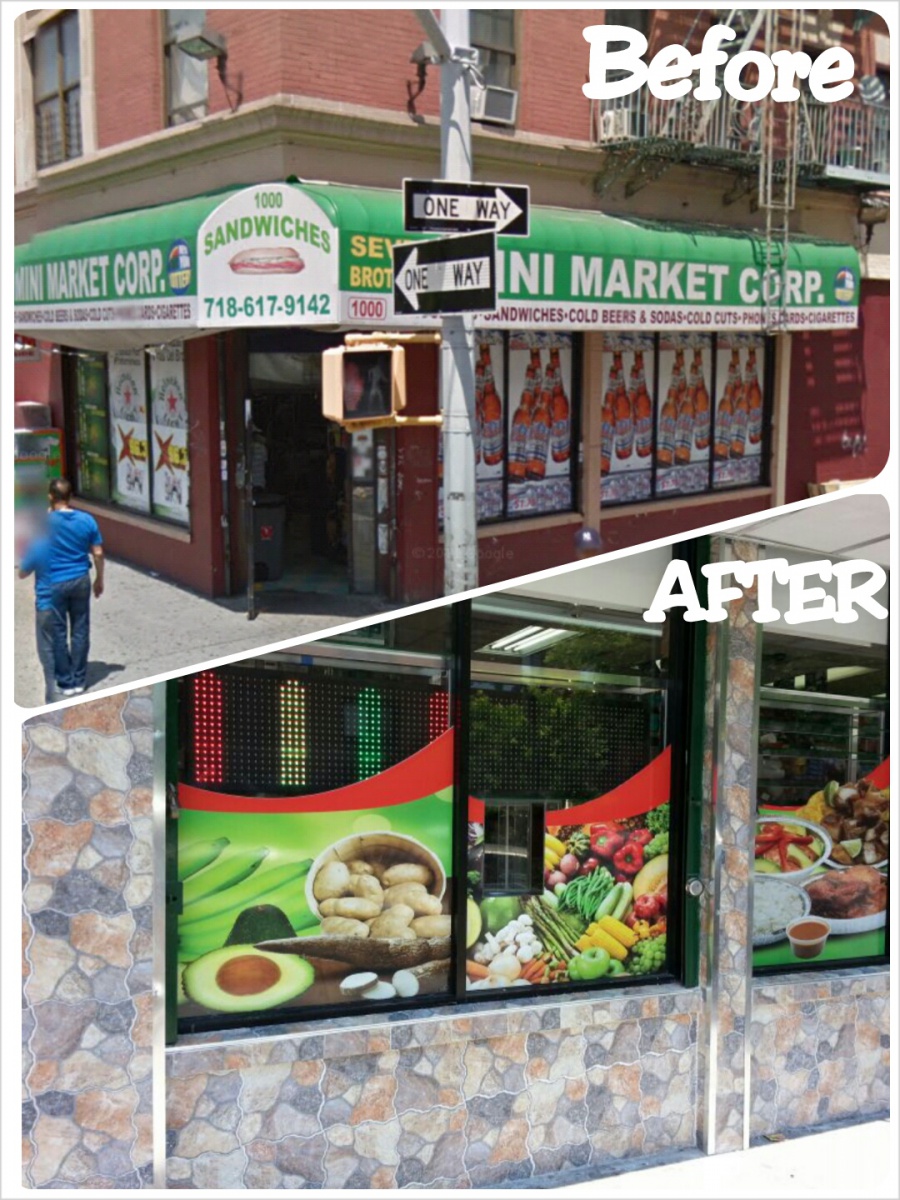For business owners, the entrance door of their business is as important as breathing. For customers, the front door’s look is as important as the service they get. Hence, Mini Markets acknowledge such fact and for this reason, they are currently trying to renovate every aspect of their business.
The door frame and the door itself was ordered from a local supply located in Bronx, New York. Our job was to remove the old one and install the new one. As you can see in the pictures, a noticeable change occurred after the change of doors.

All the credit goes to De la Cruz Construction
If you haven’t read the posts before this one, please do so – Read ‘Introduction‘




